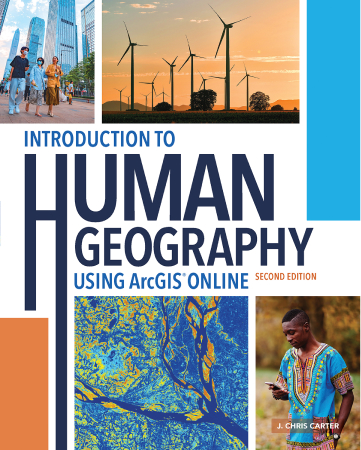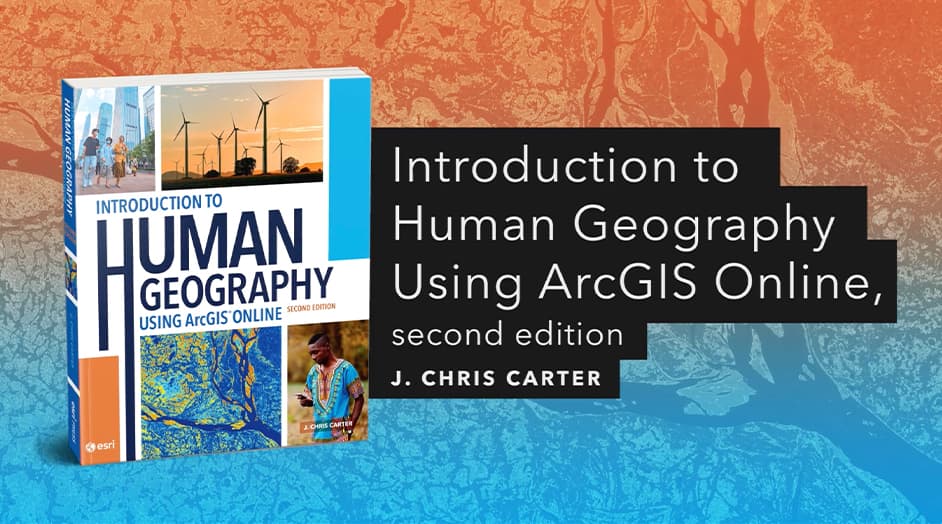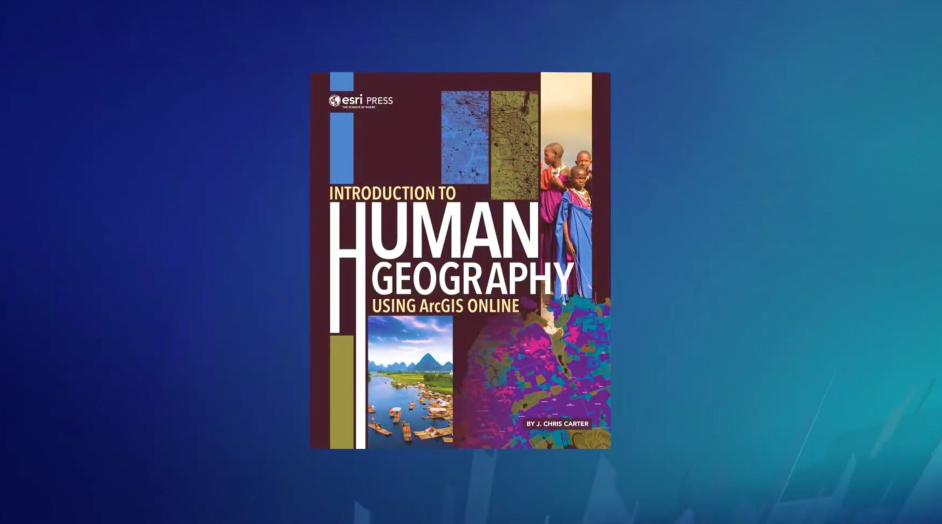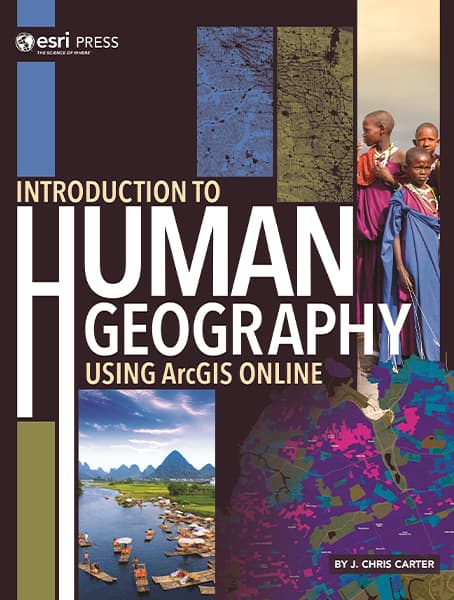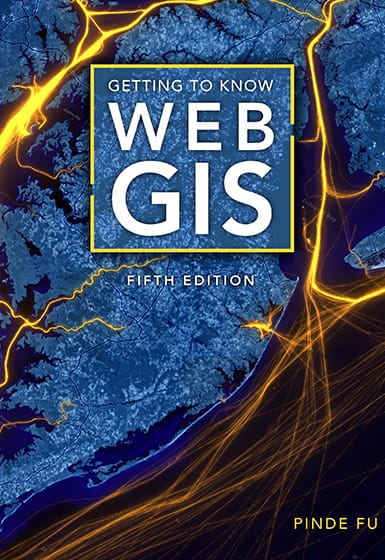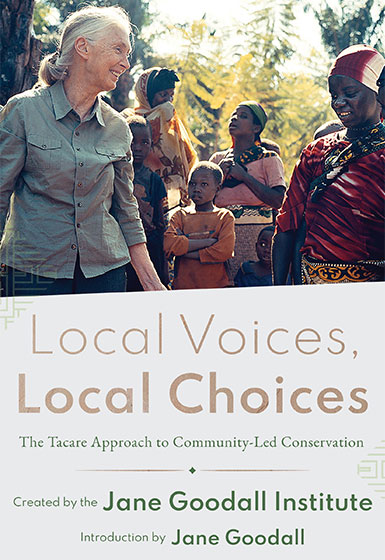Book details
Human geography, taught with live, interactive maps and data for a unique geographic perspective.
The essential concepts and theories of human geography are brought to life thanks to the innovative integration of modern web maps.
Introduction to Human Geography Using ArcGIS Online, second edition, explains topics such as migration, race and ethnicity, food and agriculture, manufacturing and services, urban geography, and cultural geography. Unlike traditional textbooks, this book approaches geography through the use of ArcGIS Online and provides exercises for interacting with, analyzing, and creating maps. ArcGIS Online is a browser-based geographic information system (GIS) that allows users to explore thousands of geographic datasets and interactive maps.
Students using this book use live data and maps to ground their understanding of how the world is organized and how human and physical features interact to create unique places and regions. Each chapter includes ArcGIS Online exercises that reinforce geographic concepts.
This second edition features updated maps, figures, and charts reflecting the latest data and includes new text on contemporary issues—from race, ethnicity, and political geography to pollution and climate change.
Designed for undergraduate college and AP high school students, Introduction to Human Geography Using ArcGIS Online, second edition, uses the latest geospatial data and web-based technology to teach critical thinking skills, evaluate diverse populations in their environments, and examine their global impact.
J. Chris Carter
J. Chris Carter is a Professor of Geography at Long Beach City College. He has over 20 years of experience teaching human geography and GIS, including courses on world regional geography and economic geography. His geographic specialty focuses on Latin American urban and economic change and he has presented research on crime patterns in Long Beach, California, at the Esri User Conference.




